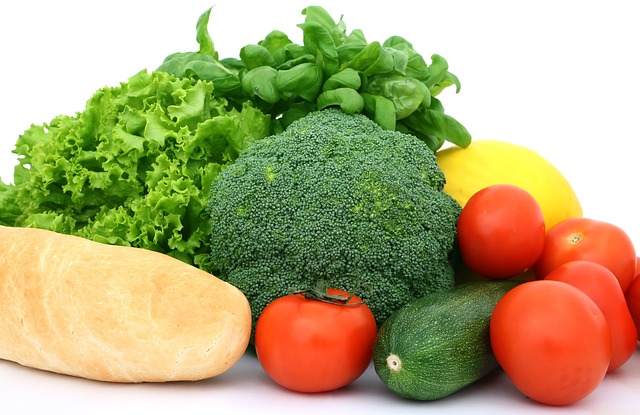You often hear the term “fiber” thrown around in nutrition articles, and generally hear that it is good for you. However, there are different kinds of fiber and they have different benefits for overall health. AND you can generally get all the fiber you need from foods, you just have to know which foods to eat.
What is Fiber?
When most people think of fiber, they have visions of whole grains or roughage, something that is big, bulky and rough that scrapes through the colon and provides bulk to stools. Most people also think about fiber supplements.
However, in reality there are several different types of fiber and each plays an important role in overall health.
Soluble fiber is made of undigestible carbohydrates; it can readily dissolve in water and creates a gel when it does so. Soluble fiber feeds and nourishes intestinal bacteria and slows down stomach emptying which can help people feel full faster. It also helps to slow down the absorption of blood sugar and aids in lowering total and LDL cholesterol.
Insoluble fiber is mainly made up of plant cell walls and it does not dissolve in water. Insoluble fiber helps to move bulk through the intestines and is often useful in alleviating constipation. Insoluble fiber also helps with removing toxins from the body and can also slow down the absorption of glucose.
Sources of Fiber
It is recommended that most people consume about 25-40 grams of fiber every day; unfortunately, most of us eat less than 10 grams a day, and we have a long list of gastrointestinal complaints and diseases to prove it.
Contrary to popular belief, whole grains are NOT the best dietary sources of fiber. In fact, non-starchy vegetables (i.e., vegetables that grow above the ground except corn) and legumes (i.e., beans, peas and lentils) contain about 5-8 times more fiber than whole grains per calorie, so if you are looking to up your fiber, you should turn to non-starchy vegetables and legumes over cereal grains.
The best sources of soluble fiber are: lentils, beans, dried peas, apples, oranges, pears, oat bran, blueberries, psyllium, cucumbers, celery, oatmeal, oat cereal and carrots. You generally want to eat about 3 servings per day of foods that contain soluble fiber.
The best sources of insoluble fiber include: zucchini, celery, broccoli, cabbage, onions, tomatoes, carrots, cucumbers, green beans, dark leafy vegetables, raisins, grapes, root vegetable skins, whole wheat, whole grains, wheat bran, corn bran, barley, couscous, brown rice and bulgur, Eating 3-5 servings of these foods daily should provide all the insoluble fiber a person needs.
Tips for Getting the Most Out of Fiber
In order to ensure that you are consume about 30 grams of fiber daily, a person should try to eat about 5 servings of deep colored vegetables and fruit along with 2 servings of legumes and 1 serving of whole grains per day. If you are not used to eating high-fiber foods, you may want to begin adding them in slowly (i.e., adding 1 serving every 1-2 days) to avoid any unnecessary GI upset. In addition, it is imperative that you consume sufficient water throughout the day in order maximize the beneficial effects of fiber. Aim for drinking about 4 ounces of water (~1/2 cup) every 30 minutes throughout the day.

